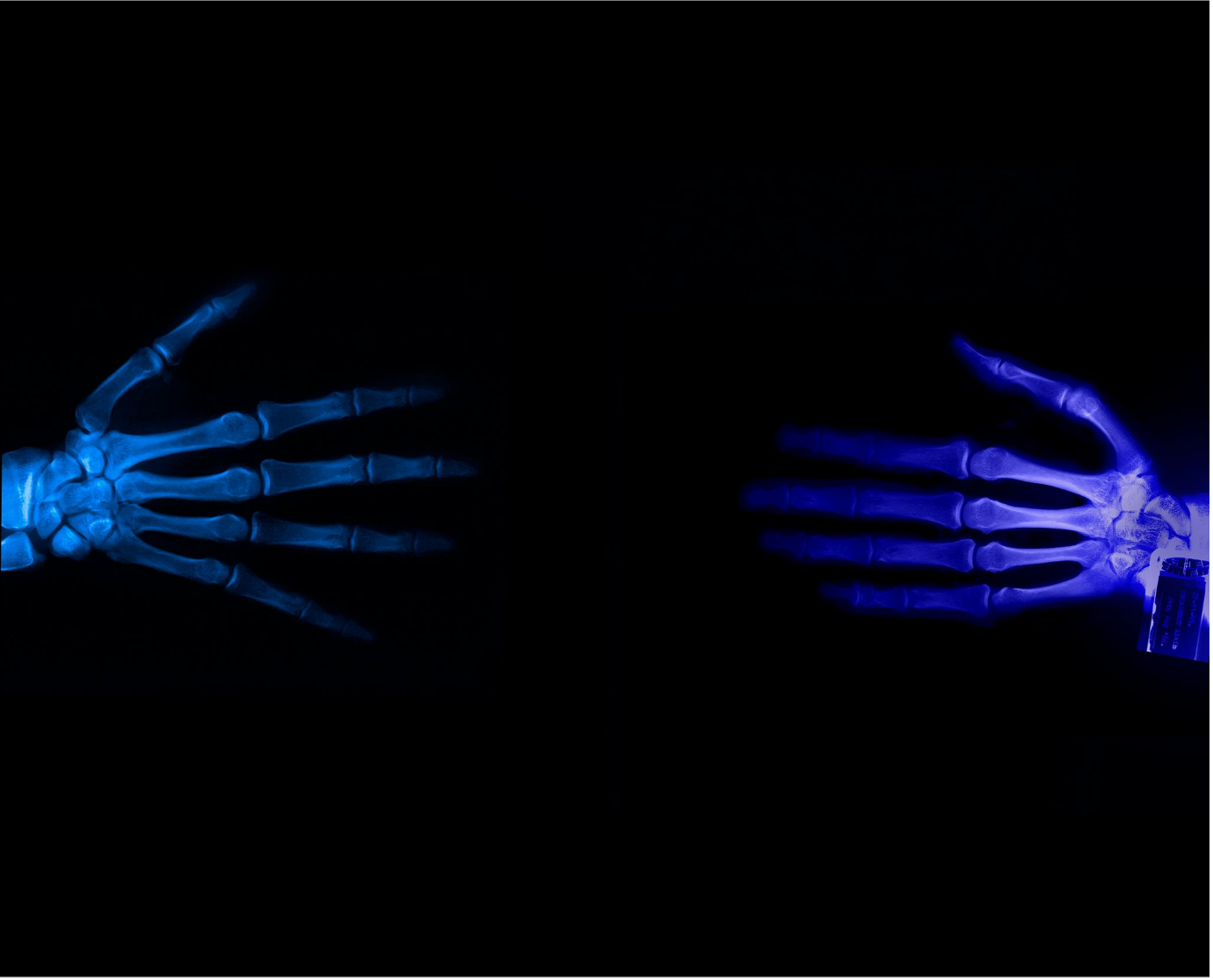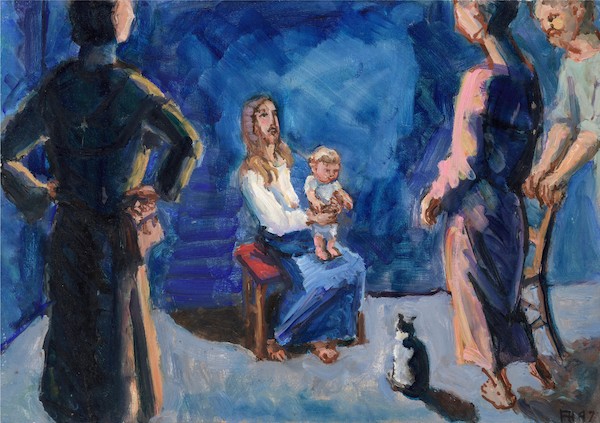It’s not easy to summarize the contributions of Leonardo in a short space. For Leonardo was an extraordinarily diverse man: musician, fortress builder, engineer, eminent equestrian, sculptor, painter, architect, anatomist, naturalist, and art theoretician. He was a man with far too diverse interests; as a result many of his ideas remained in their concept stage and he managed to carry out or complete only a fraction of all that his inventive spirit considered or imagined.
Moreover, some of his important works – the fresco of the Battle of Anghiari in Florence and the huge statue of a horseman in Milan – were destroyed during his lifetime, so that his legacy became even more fragmented. Nevertheless, he is and will remain a figure who can only be underrated for it is hardly possible to judge him too highly. Why? Without his influence, Italian painting, especially in Northern Italy during the sixteenth century and into the seventeenth century, would certainly have developed differently.
Yet, this is not the greatest of his contributions. His buildings and designs are not without interest; neither are his writings about art theory. But in these things he was not alone. The talents that earned him such an eminent position in the court at Milan – including horsemanship, musicianship and his work as building engineer – naturally has less significance for later generations. His engineering projects, which included a design for an aeroplane, were so far ahead of his time that their true value is only now fully appreciated, yet we cannot say for sure that without Leonardo’s inventions the course of technology would have developed differently. So, what essentially does give this man such and exceptional position in history? We believe that though Leonardo was and is such a fascinating figure, it is especially in the field of drawing and science – or rather, in connecting the two – that his greatest contribution is to be found. As a student Leonardo worked for years in the studio of Verrocchio and learnt there the art of a very exact representation of reality – a number of drapery studies in the exhibition attest to this. But Leonardo was the first person to go on and make use of his new skills in the service of science. That was his greatest contribution and his greatest service to the world. He was the first one to record his anatomical findings in precise drawings – so exact that they are still of scientific merit.
Leonardo’s observations in the area of the natural sciences were preserved by his never-resting drawing pencil. And in the connection between the exact sciences (in which he also broke new territory) and the art of exact drawing lies a principle upon which modern science (amongst others) is founded: modern medical science could not function without the very precise drawings which allowed Leonardo’s discoveries to be shared with others. Anyone who understands the important role of drawing in engineering will realize that Leonardo’s discovery also made modern applied science and technology possible. All this does not detract from his excellence as a ‘free’ sketcher. It is a feast to submit oneself to Leonardo’s drawings – one may be tempted to say that his lines are flawless.
Originally published in Dutch in Trouw, no date (between 1949 and 1956)
Published in English in M. Hengelaar-Rookmaaker (ed.): H.R. Rookmaaker: The Complete Works 1, Piquant – Carlisle, 2003.
%20(1).png)












